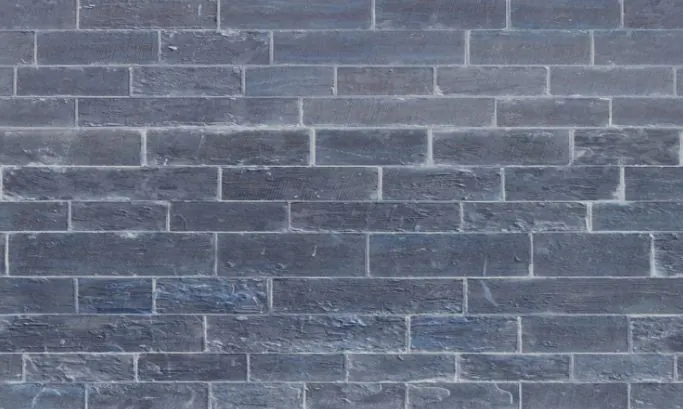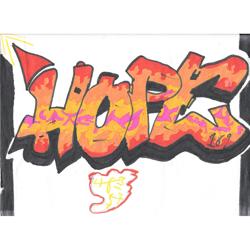Hello, I've been struggling with something for more than 2 weeks now, where I want to perform a post processing operation on my entire scene (from now on let's say I want to apply a Blur filter).
From what I understand, what I have to do is:
- Pass n: render the scene to an offscreen texture (Implementation: a. create a new texture, b. create a RTV on it, c. create an SRV on a new slot (say 4) to read from that texture where the scene has been rendered onto in the next pass)
- Pass n+1: using the srv from Pass n read from the “offscreen scene texture” (that I bound on slot 4) and use it to perform a Blur operation. For this purpose, bind a texture sampler (also on slot 4), bind a pixel shader that does the blur and of course bind the SRV. Now since I want to render this post process operation as an overlay of the entire scene, I have to raster the scene to a quad that stretches over the entire window and then render that texture on it. So I bind a VS with fullscreen geometry and appropriate VB, IB, Input Layout and Primitive Topology bindings.
I am trying to formulate and maintain a regular Rendering system, where each Pass requires a set of bindings and after those Bindings are bound you execute the draw call. And each Pass is executed orderly before the next one.
However, I can't get it to work so far.
The output I get on the screen is not the blurred scene, but a single! blurred texture. I debug the shader using visual studio graphics debugger and this is the texture that's supplied as input input (on slot 4) in the Pass n+1 pixel shader:

(The strange unrealistic color of the tiles is purposefully done like that.)
This texture is bound on a wall on my scene, and I think it somehow gets caught up on there (maybe the last texture bound before Pass n) and in the process that texture alone is the one rendered on to the scene (but blurred).
Therefore, this leads me to think that the part where I'm failing is creating the offscreen texture. The post process operation seems to be applied properly whatever that may be. What do you think?
Also, this is more specific to my renderer design, I don't bind a pixel shader for Pass n (I just let the scene be drawn whatever that is up to that point). This may sound a bit strange as isn't a PS required to be bound every time we render something and expect a visual result?
So basically I would like to kindly request 1. some feedback on what I'm doing so far, my approach and 2. how to properly render the scene to a texture.
Help?





